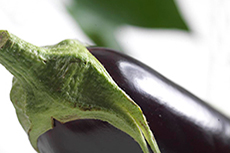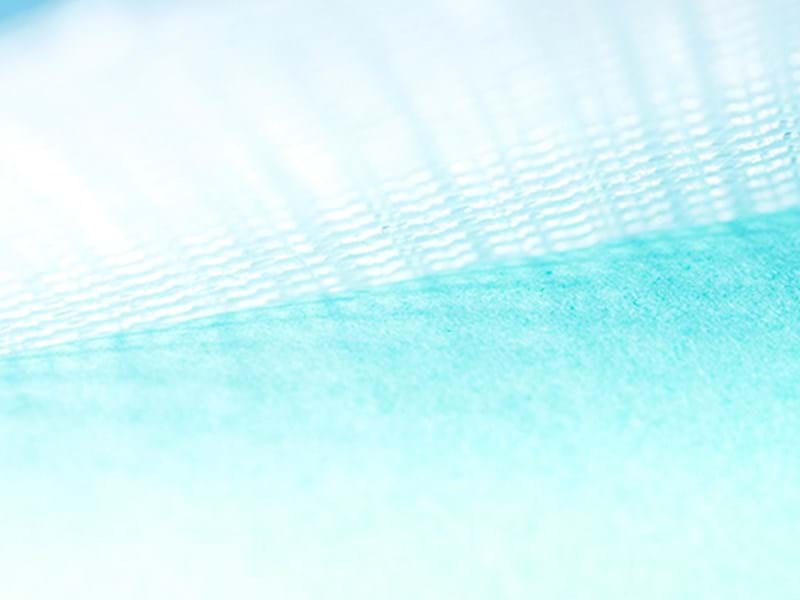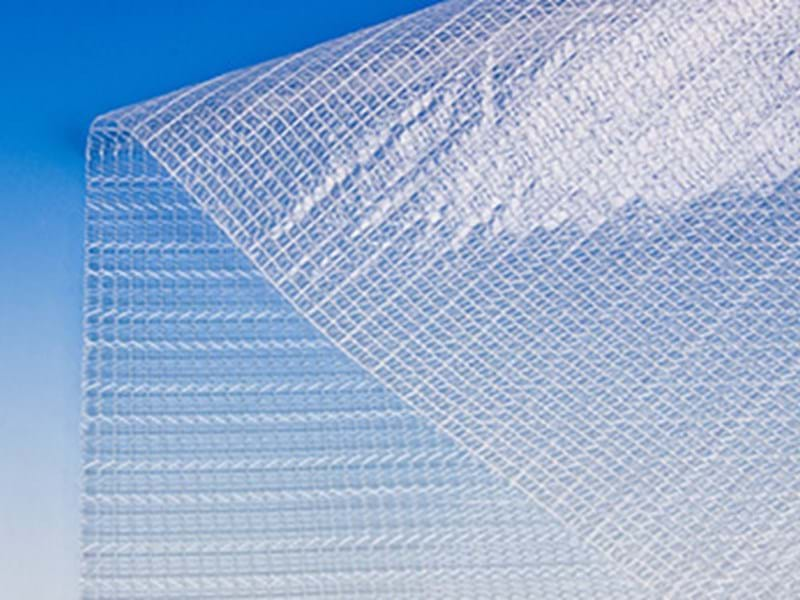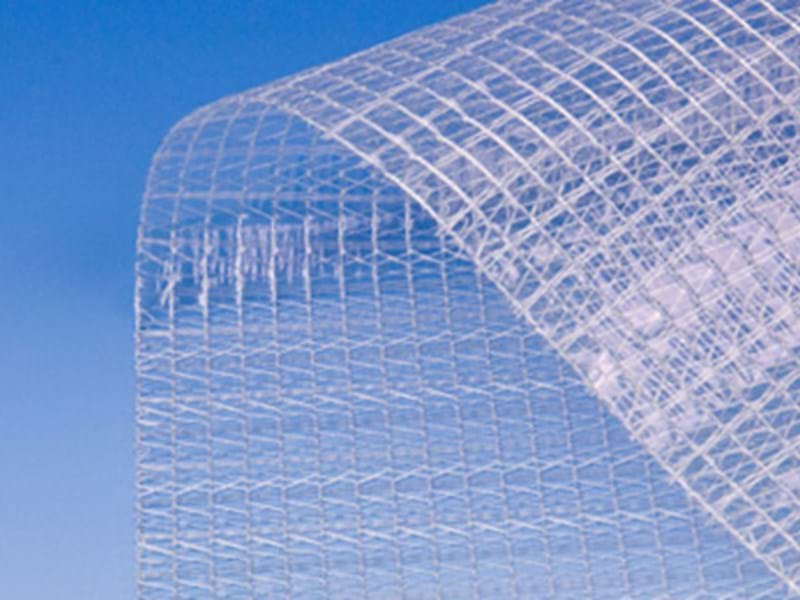Save even more energy without losing valuable light
April, 2015: Trial shows that 15% extra energy was saved with double screens compared to the single screen solution. And this with just a negligible light loss and plants equally as healthy and productive as those beneath the single screen of the reference greenhouse. The conclusion is that investing in an extra screen is a money saver.
Two identical greenhouses were used in the trial. The reference house had a single LUXOUS screen while the trial greenhouse was a double LUXOUS installation. The trial greenhouse was equipped with a dehumidifier and was carried out in an eggplant nursery in the Netherlands during a 12 month period.
Good isolation lowers the gas consumption
Even installed as a single screen solution LUXOUS saves a lot of energy. Trial results show that an additional 15% of energy was saved with two LUXOUS screens. The annual gas usage in the reference greenhouse equipped with only a single screen was 29.0 m3/m2, compared to 24.7 m3/m2 in the double screen trial.
The graph below shows the temperature readings above the screens on a typical January night. From the results it’s quite obvious that the two screens isolate better than the single screen. There was a two degree temperature difference where the trial greenhouse was colder above the screen. The expensive heat was still kept inside.
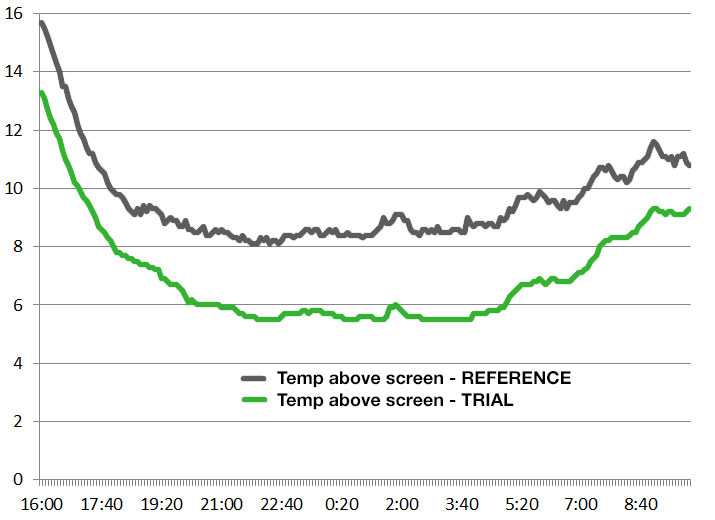
Average outside temperature during the night was 4.6°C, average inside temperature 18.5°C. The temperature above the double screens is 2.6°C lower than above the single screen.
More screen hours means higher energy savings
The year before the trial, the yearly screen hours in the reference greenhouse were approximately 1.500 hours. During the trial period these were doubled to more than 3.000. The LUXOUS screen was closed almost 40% over the year. In the trial greenhouse total screening hours were 40% where the two screens were used 30% of the time.
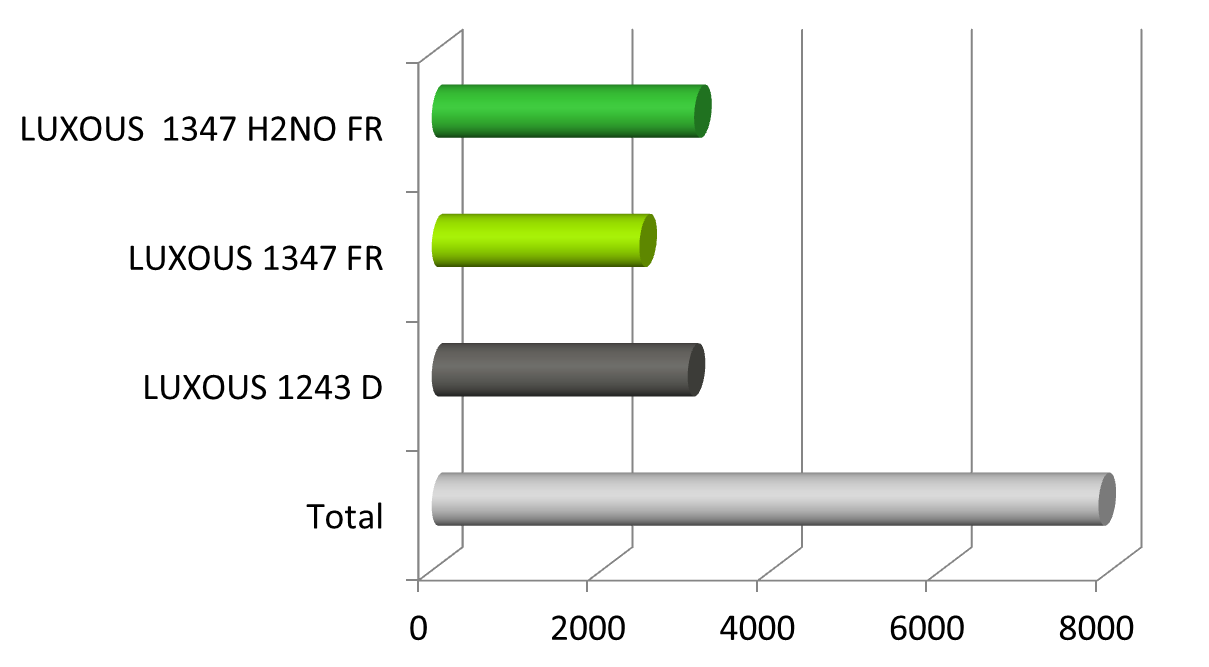
Light levels were more or less kept
Although the screens were used for an extreme amount of hours, there was only a minor light loss. The screen in the reference house was six years old, with a measured light transmission level of 70% on a cloudy day. In the trial greenhouse one closed screen transmits 80% and with both layers in a closed position the light transmission level was 64%.
An even climate with effective ventilation strategy
In both greenhouses, when humidity levels were too high, the ventilation windows on the wind side were slightly opened, with the screens in a closed position. Thanks to the ability of the Svensson screens to transport humidity through the actual screen, this ventilation strategy was really effective. The advantage of this method of controlling relative humidity compared to a screen-gapping strategy is a more even climate in the greenhouse as no cold spots occur under the screen-gaps.
